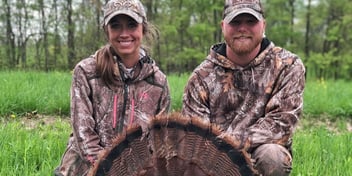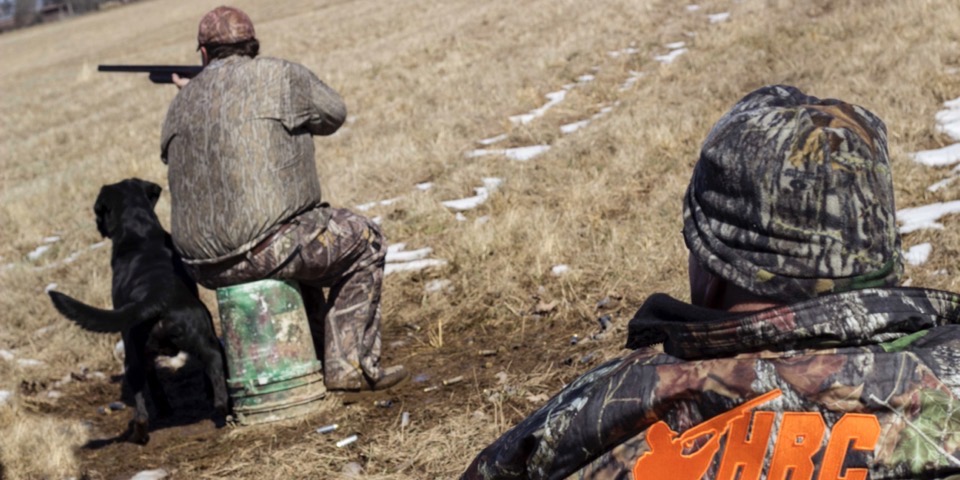
Ask any turkey hunter what time of year they prefer to hunt these hard-headed birds and you’ll likely hear, “Spring!” Most turkey hunters know nothing more than spring turkey hunting. They’ve never hunted turkeys in the fall. And you’d be surprised at how many of them didn’t even know that fall turkey was even an option.
Ironically, spring turkey hunting is a fairly new concept, having been legalized in most states in the last 40-50 years. However, fall turkey hunting is where it all began. And although it has now become known as a springtime pursuit, there are still hunters across the country that enjoy fall turkey hunting. And an even smaller group of hunters are those that enjoy fall turkey hunting with a dog—a sport that dates back well over 100 years.
I honestly only know one guy that hunts turkeys with a dog. His name is Tracy Breen. We’ve talked about getting together for a fall turkey hunt with his dogs, but have yet to make it happen. I reached out to Tracy on what this unique sport is all about and to get a closer look at how fall turkey hunting with a dog goes down.
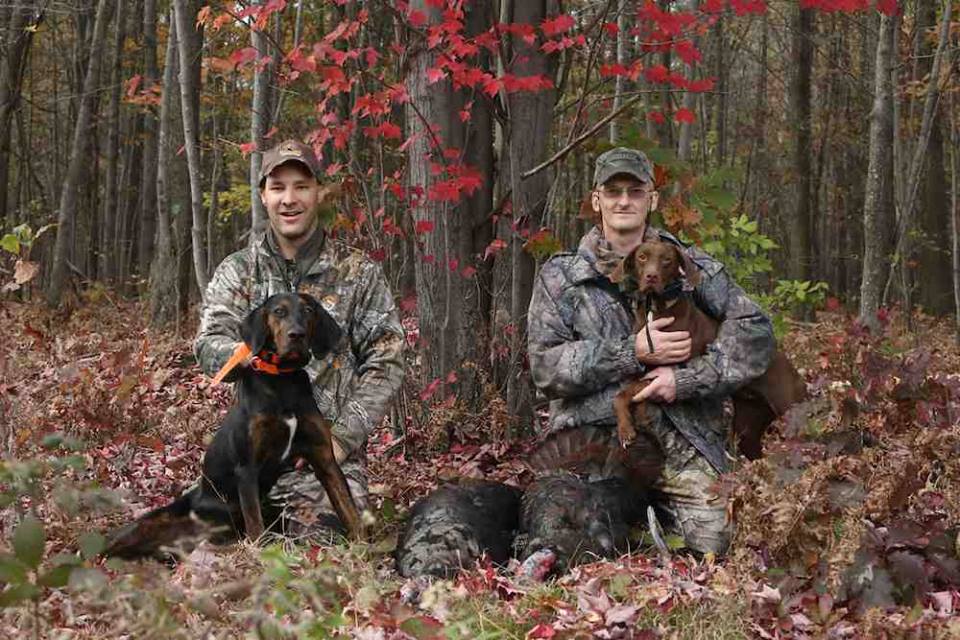
Fall Turkey hunting is an opportunity missed by many. Even more so when you add dogs into the mix.
How Does It Work?
Unlike spring turkey hunting, where you’re attempting to call lovesick gobblers within range of your gun with hen calls, fall turkey hunting with a dog relies on the dog sniffing out a flock of birds, flushing the birds to scatter the flock while barking to let the hunter know birds have been found and flushed. Yes, it sounds crazy. But keep in mind that 100 years ago turkey hunting with a dog in this manner was considered a gentleman’s sport that only the wealthy could afford.
Once the birds have been flushed, the hunter moves in to set up at the scatter site. Scattered turkeys want to reassemble once things settle down and the threat seems to have moved on. These birds will begin to call back and forth as they gather back up. The hens and young of the year will gather much quicker than the super-wary gobblers. The good thing is that, in many states, hens are fair game during the fall season.
“Many serious fall hunters say you can plan to wait for hours, or even a full day, after a flock has been scattered before a smart, old tom comes back in,” says Breen. “Patience is necessary when hunting fall gobblers. Keep in mind that in some cases, fall gobblers come gobbling and strutting in just like a spring tom to find their buddies and establish a pecking order.”
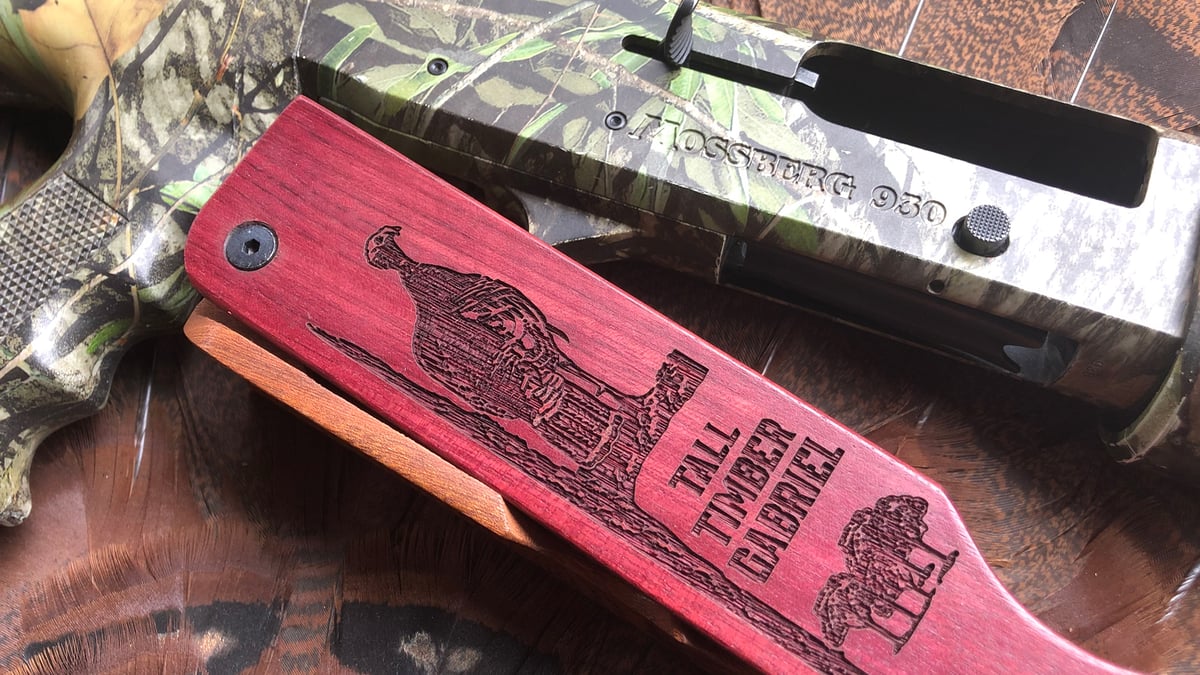
Once the dog scatters the flock, your job is to call those turkeys back to within shotgun range.
What Breeds are Turkey Dogs?
The first question I had when it came to fall turkey hunting with a dog is, “What breed of dog is considered a turkey dog?”
“I own two turkey dogs,” says Breen. “My dogs are completely enthralled with turkeys and are not a versatile breed. They don’t retrieve ducks; they don’t point to the upland game. What a turkey dog does well is chase turkeys.”
“The epicenter of turkey dog breeding is Virginia which is where most turkey dog breeders call home. One of my dogs came from the late John Byrne who developed a line of turkey dogs that is a cross between a Coonhound, an English Setter, and an English Pointer. The Byrne line of dogs is considered by many to be the best of the best, but the truth is almost any bird dog pup can make a great turkey dog if trained properly.”
How do turkey dogs work?
“A turkey dog is trained like a Coonhound to cover lots of ground to find fresh turkey scent which eventually leads the dog to a flock of turkeys,” says Breen. “In a typical day of fall turkey hunting, a dog will cover miles of ground in search of a flock of turkeys.”
When the dog finds a flock, they run into the middle of the flock barking loudly. Barking gives the hunter the location of the flock and it helps scatter the flock, as mentioned above.
“There’s nothing like it,” says Breen. “When a well-trained turkey dog hits the woods, it is like telling kids it is okay to open their presents on Christmas morning. They go crazy.
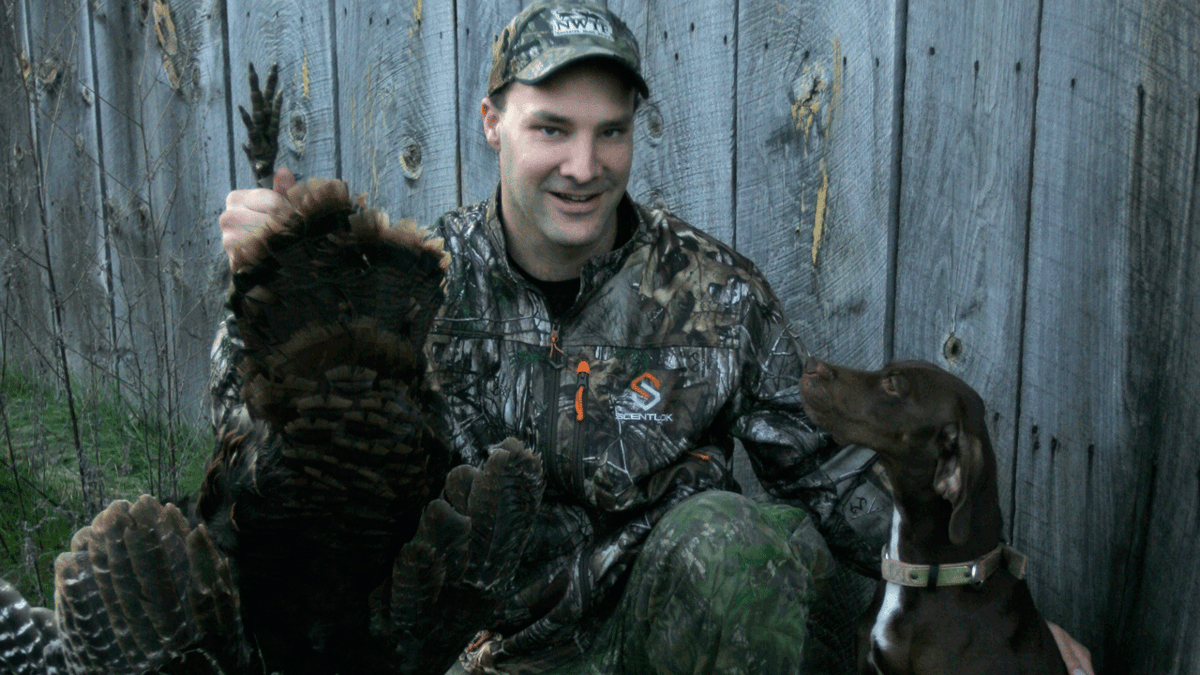
Fall turkey hunting with a dog has become Tracy Breen’s favorite hunt of the year.
Why fall?
Breen has been fall turkey hunting with a dog for nearly a decade and has killed many turkeys with the help of his hounds. He finds it far more rewarding than spring turkey hunting. “One of the greatest perks of fall turkey hunting is rarely will you find another turkey hunter in the woods,” says Breen. “And I typically hunt from mid-morning until mid-afternoon, that way I rarely bump into deer hunters.”
Would you ever consider giving fall turkey hunting a try?
How about with the use of dogs? Fall turkey hunting with a dog just might be one of the best-kept secrets of the season for a fun and exciting way to change things up in the turkey woods. Don’t miss the opportunity if it ever comes your way!
About the Author


